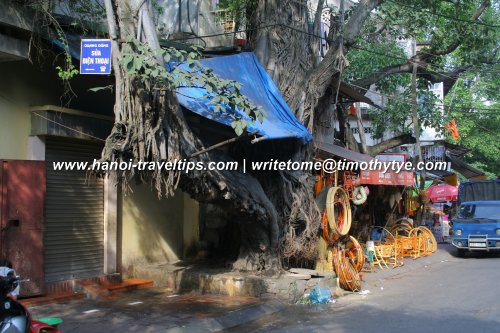 Banyan tree and rattan shop hiding the Thanh Ha Communal House (3 September 2006)
Banyan tree and rattan shop hiding the Thanh Ha Communal House (3 September 2006)
Thanh Ha Communal House is located at Hang Duong Street, in the Old Quarters of Hanoi. In front of it is a big old banyan tree. A shop selling rattan items almost hide it from view. The communal house, at 38 Hang Duong Street, dates back to the 13th century, a remnant of time long past. It still functions as a temple, with altars to deities and small shrines in niches on the wall.
Communal houses are a feature of Vietnamese society since the 15th century. They play the role of a village town hall. Within the communal house is the altar to the patron deity of the village. The deities, which are often local or legendery heroes that have been immortalized, are honoured during specific feast days. These deities offer protection to the village.
The communal houses play a pivotal role in the going on's of the village. This is where the villagers gather, it is where issues are brought out and settled. At the communal house, concerns, rights and obligations are discussed. All villagers contribute towards the building and upkeep of the communal house. It is often the biggest structure within the village.
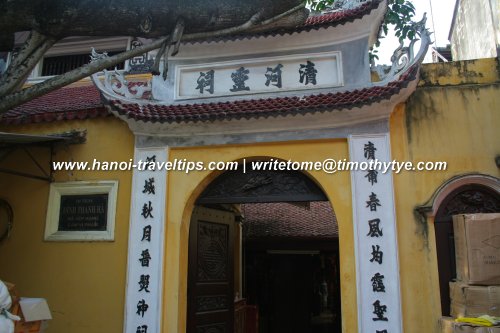 Entrance to Thanh Ha Communal House (3 September 2006)
Entrance to Thanh Ha Communal House (3 September 2006)
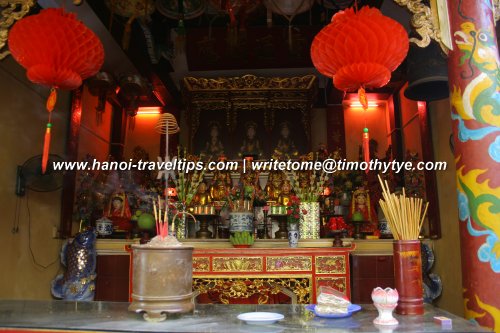 Altar at the Thanh Ha Communal House (3 September 2006)
Altar at the Thanh Ha Communal House (3 September 2006)
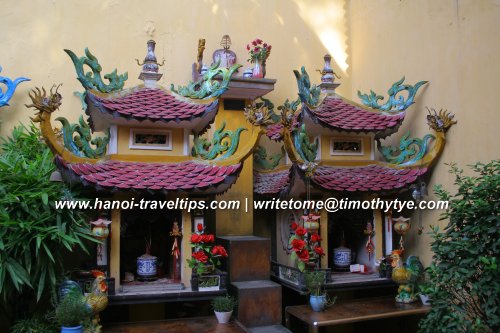 Shrines at the Thanh Ha Communal House (3 September 2006)
Shrines at the Thanh Ha Communal House (3 September 2006)
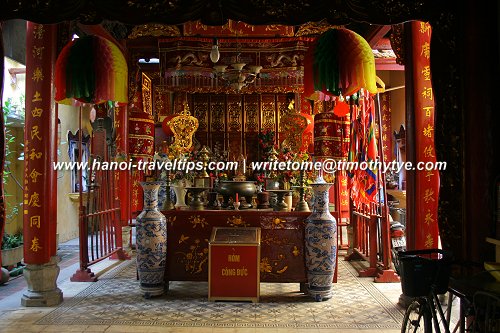 Thanh Ha Communal House (3 September 2006)
Thanh Ha Communal House (3 September 2006)
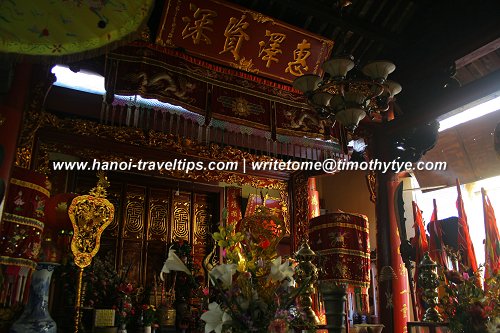 Thanh Ha Temple (3 September 2006)
Thanh Ha Temple (3 September 2006)
 Latest updates on Penang Travel Tips
Latest updates on Penang Travel Tips
 Map of Roads in Penang
Map of Roads in Penang
Looking for information on Penang? Use this Map of Roads in Penang to zoom in on information about Penang, brought to you road by road.
Copyright © 2003-2025 Timothy Tye. All Rights Reserved.

 Go Back
Go Back